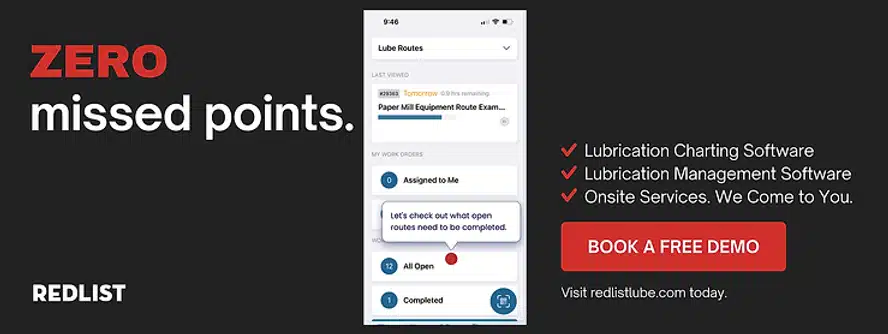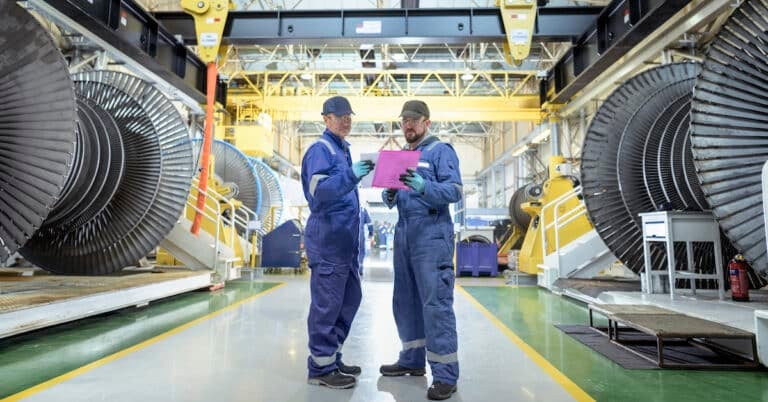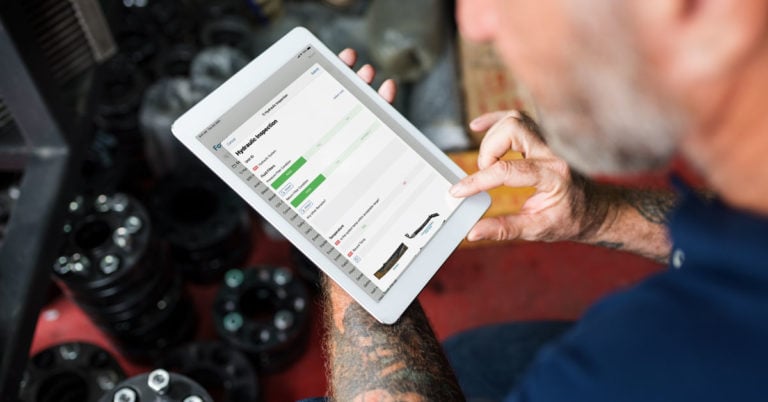Before we get into the development of safety core values, it’s important to understand what they are. Every company has safety policies and considers safety to be a priority. However, safety core values go deeper than that. They create and foster your safety culture. This ensures that safety is ingrained in every employee through every task they perform.
Safety Core Values vs. Safety Policies
First, a value is a guiding belief that motivates a person to act. A policy is a course of action. So, the real difference is that safety core values give your employees the “why” behind your policies. Generally, everyone has a basic understanding of the importance of safety. But, it’s easy to let other business goals or motivators take priority in the day-to-day. Priorities can fluctuate daily based on what your employees are dealing with. When they are focused on the task at hand, the big picture can be hard to keep in mind.
For example, a manufacturing facility may set a production quota goal. Employees may do their best to hit that goal. In the process, they move quickly and focus more on the quota than safety. Cultivating your safety culture ensures that safety isn’t just a priority that can shift regularly. Instead, safety core values put safety as the guiding foundation for everything else. Your safety policies are essential to regulatory compliance and giving your employees the course of action. Yet, safety is at the core of every goal, decision, process, or program within your company.
How to Develop Safety Core Values
While it is relatively easy to write safety policies, creating safety core values and culture is not as straightforward. It doesn’t come from simply saying that safety is a core value. Rather, it comes from action, support, and accountability. These are some ways you can begin cultivating your safety core values.
Support employees and create accountability with safety resources
The easier you make it to follow safety policies and establish safety as part of every process and task, the more it will become a culture. This is done by eliminating inefficient or tedious processes with Health Safety & Environmental (HSE) software. You can provide employees with streamlined workflows, checklists, digital forms, and simple safety reporting.
Include safety in your mission and strategic plans
There is no production quota or any other goal without an accompanying safety value.
Stay on top of your safety metrics and data
Many companies review safety data after an incident or accident. Redlist’s HSE app provides auto-populated reports with your real-time data, allowing you to recognize safety trends before an incident.
Consider the message your safety metrics are sending
Do you measure the success of your safety program only with injury or accident rates? Measuring the impact of preventive actions sends a better message to your employees.
Shift your safety perspective to be more preventive than reactive
If you’re only focusing on safety after an incident, accident, or near miss, then you must make a shift. Just as preventive maintenance is more effective than reactive maintenance, preventive safety measures are more effective as well.
Respond quickly to safety observations and hazard reports
Employees who report observations or hazards will be less motivated to do so if they feel like you disregard their reports or take an excessive amount of time to handle them. Transitioning from slow paper-based processes to a digital HSE solution will resolve this issue. Redlist will save you time, help eliminate the backlog, and even offers automatic alerts for you to configure. When your process and response time matches the importance of safety, you elevate safety from being a policy or priority to being a core value.

The Impact of Cultivating a Safety Culture
Safety core values really equate to promoting and nurturing your safety culture through taking action and supporting your employees. While better safety ensures that you can continue operating, avoid regulatory fines, and maintain a positive safety rating, the real impact is on your greatest asset, your people.
A steel manufacturer implemented Redlist’s HSE solution and these methods after noticing an annual increase in incidents. Within two years of collecting employee reports, tracking data, and improving safety processes, the company reduced all incidents by an average of 50%. That generates huge savings for the company, but it’s all about sending their employees home safe at the end of the day. Regardless of where you stand on safety as a core value versus a policy, we can all agree on the importance of safety. Allow us to help you convert that into real results with a safer workplace, schedule a demo to learn more.


